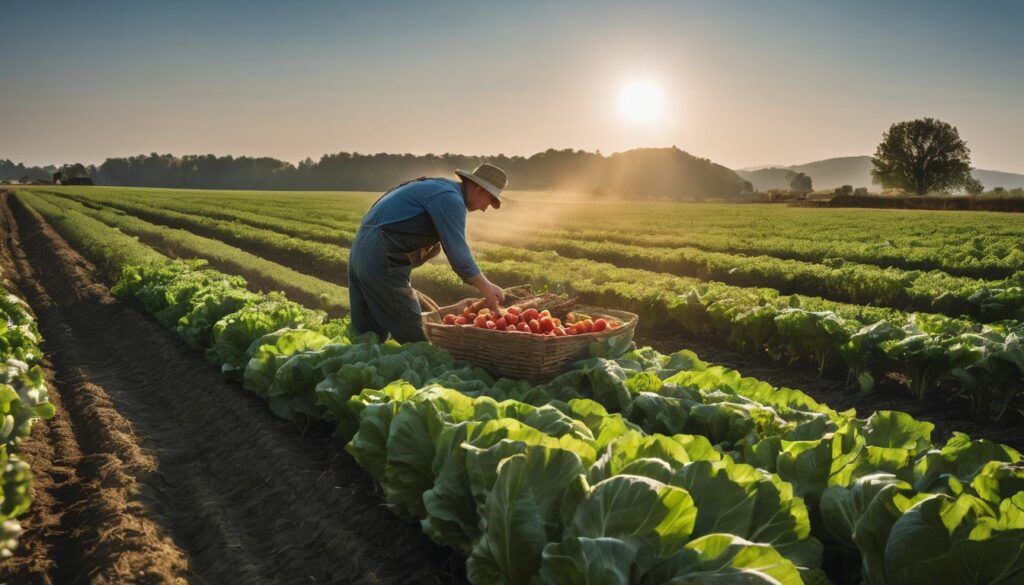If you’ve ever wondered how farm animals die, you’re not alone. The animals that produce your milk may have an awareness of their upcoming demise, but they’re unaware that their lives are ending. Many dairy cows cry for days after their calves are removed. They eventually learn that this process occurs on a daily basis and they are used to it. Cattle may also become stressed and scared before slaughter, but this is generally due to a new environment and unfamiliar sounds.
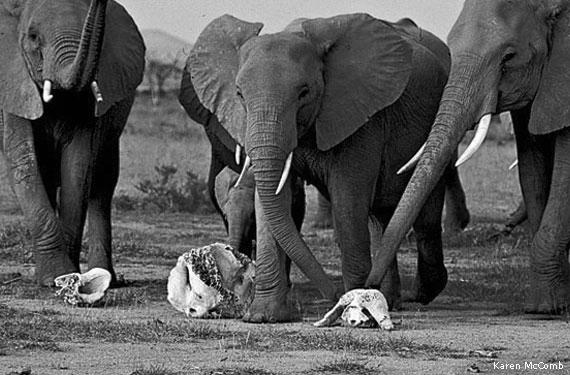
Farm animals are sent to a slaughterhouse to be killed
In the EU, regulations on slaughterhouses govern their construction and layout and also determine the minimum competency requirements for the workers involved. These regulations apply to the large majority of the animals killed in the EU, including those sent for fur production, breeding, and scientific experiments. In addition, the FSA has the right to conduct inspections of a slaughterhouse, but most are prearranged. In the UK, a majority of slaughterhouses are members of a third-party assurance scheme.
Slaughterhouses are a common site in our world and are an integral part of the industrial exploitation of animals. Slaughterhouses vary in size, techniques used to kill, and legal frameworks, but they are generally responsible for the worst abuse of animals. Thousands of animals die every year in these facilities due to the abuse, exploitation, and depravity found within them.
According to one investigation by the Guardian, tens of millions of farm animals in the US die before slaughter each year. The Guardian reported that twenty million chickens, 330,000 pigs, and 166,000 cattle are dead or unable to walk when they arrive at the slaughterhouses each year. As many as eight hundred thousand pigs are unable to walk when they arrive at the slaughterhouse, the condition of their bodies is often horrific. According to animal welfare specialists, the primary causes of death in these facilities are heat stress, freezing temperatures, and trauma.
A farm animal’s psychological state is greatly affected during this process. It is difficult to comprehend the horrors of the experience of death, especially when it is so brutal. The animals are frightened and confused when they arrive at a slaughterhouse. Besides, they are often forced to sleep in cold conditions, so their mental state is already severely compromised. The process also involves pressure washing, which can cause pain to sensitive body parts and temperature extremes.

A commercial slaughterhouse is like an industrial production line, and every life is treated as a number. It is impossible for farmed animals to decide whether or not to die, and their lives are taken away from them without consent. As a result, the animals suffer immense pain and terror. In addition to this, many of these animals are young, pregnant mothers, and even babies. So, what is the ethical and moral issue in these slaughterhouses?
The United States currently has more than nine billion farm animals. More than half of all cattle are killed at these sites. The number of federally inspected poultry slaughterhouses is similarly concentrated. Approximately two-thirds of all chicken and pork slaughterhouses kill more than half of all cattle each year. The same is true for chicken and ducks. Most animals die in transport, confinement, or other stress-related conditions.
Methods of killing farm animals
One of the major issues in animal welfare today is the humane killing of farm animals. While euthanasia for sick or injured animals should be standard practice for many farms, emphasis on animal welfare during the killing process is growing. According to animal welfare advocates, humane methods of killing farm animals include minimal pain and a rapid loss of sensibility. There are also constraints based on practicality, aesthetics, and emotional effects.
One method involves cutting an animal’s neck and severing major blood vessels in the chest and neck. This causes a rapid loss of blood and ultimately death. In some cases, the animal is then hanged upside down. It is important to note that some animals may be stunned on the day of slaughter, while others may arrive the night before. The animal may be stunned by electrical stunning or carbon dioxide gas. In either case, the animal’s neck and spinal cord are severed, allowing the bleeding to continue.

Some farmers use electrical stunning and gas stunning methods to kill farm animals. The electrical current passes through the animal’s brain to cause a temporary loss of consciousness. Other methods include gas-stunning, which exposes the animal to a high concentration of carbon dioxide. This method is the most common method for killing sheep, but is also sometimes used to kill cattle and pigs. Regardless of the method used, there are many options for killing farm animals.
Another controversial method involves the use of euthanasia. In the United States, animals are usually stunned during the most stressful moments of their lives, such as being dragged from the truck to the killing floor. Thousands of animals are killed each day, and the average slaughterhouse kills as many as 1,100 pigs per hour. And it is estimated that euthanasia deaths are responsible for an additional eight million deaths per year.
Commercial slaughter is an efficient way to kill animals for food. Whether the animals are meant for meat, clothing, or even pets, their lives are reduced to a single number on a production line. Even when an animal is healthy and ready for consumption, it is still treated with cruelty, and many suffer from pain and terror before death. The sad reality is that many of these animals are babies, pregnant mothers, or teens. So it isn’t surprising that their deaths are often painful and frightening.
Before slaughter, farm animals are often transported from farm to market and confined to cramped, unhygienic conditions. Some farms fail to provide water to the animals while transporting them to the slaughterhouse. Dehydration can lead to serious health problems, including hot, dry bodies, lack of coordination, and concentrated urine. In some cases, animals are even transported to markets without drinking water, which is even worse for them.
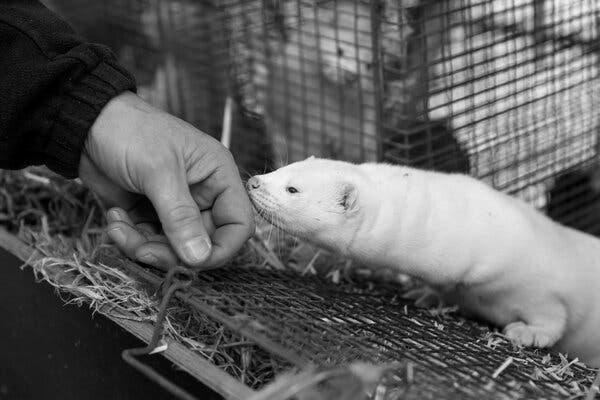
Causes of death in farm animals
Agricultural workers have been harmed by large livestock for centuries, but the causes of their deaths are rarely well understood. Large livestock are powerful and often unpredictable, and often display aggressive behavior during breeding seasons. These animals also come into close contact with people, particularly beef cattle and dairy cows, which may disrupt daily routines and result in fatalities. It is critical that farm workers follow recommended practices for safe livestock-handling facilities.
A postmortem examination will help to make a correct diagnosis in livestock deaths. In pigs, the most common causes of death are parasitism, BVD, and bacterial infection. However, other causes of death may be less obvious. The underlying cause of death for beef cattle may be unknown. The most common cause of death in suckler cows and growing cattle is bacterial pneumonia. Fortunately, a fast diagnosis is necessary to prevent further losses. To determine the cause of death, a veterinarian will use a battery of tests to analyze the suspected causes. These tests include copper, alkaloids, and insecticides.
For example, the most common causes of death in cattle were hemoprotozoal infections and senecio sp. infection. However, age-related deaths did not differ much from the first three causes. Some factors may contribute to the severity of the problems. The animal’s age is also a factor. It is imperative that animals be raised according to animal health guidelines to ensure the welfare of the animals.
Another cause of death occurred while herding cattle. A 65-year-old man was milking cattle when he accidentally stepped in the path of a bull. He was trying to guide the animal toward a truck when the cow turned onto him. He stopped breathing immediately. The medical examiner’s report noted that the animal was hit by blunt force to the chest. A bull has the capacity to withstand such physical trauma.
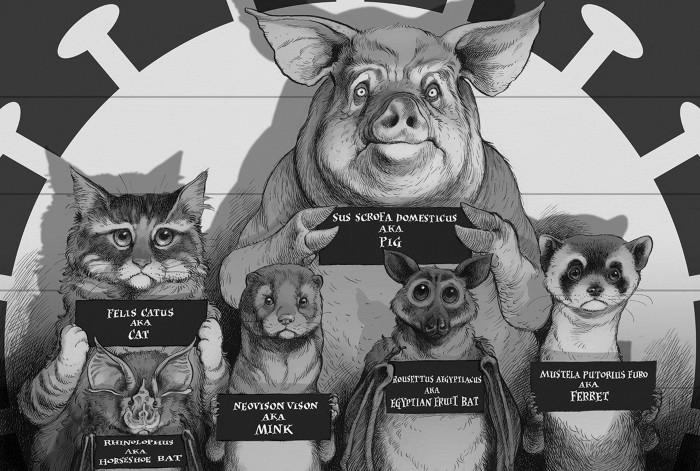
Transport-related mortality also increased, most likely due to long distances and frequent transportation. Last August, a pig truck was tracked for 32 hours, keeping its animals inside. Truckers also transported cattle across the border. The entire journey took nearly two days, and the animals did not shed their winter coats. It is unclear whether the increasing number of cattle and pigs is to blame. It could simply be the heat.
Cattle deaths were the most frequent cause of occupational deaths, with over 2,300 deaths reported in the U.S. between 2003 and 2007. Cattle deaths in the Midwest accounted for approximately one-fifth of the nation’s cattle. A study published by the U.S. Department of Labor and Statistics identified 108 deaths attributed to livestock in those states. The researchers also examined data from two surveillance programs to determine the causes of death in cattle.
There’s a new wave of academic research into the treatment of slaughtered animals. Some have even attributed perpetration-induced traumatic stress to those in the industry. Among those who suffer this condition are lab and vet workers, police officers, and even veterans. Regardless of the cause, it’s important to know that animal cruelty is a serious problem. Fortunately, there are many ways to end animal abuse. You can start by adopting a vegan diet and supporting alternative meat production.
Anti-cruelty laws exist in all 50 states
While most of us are familiar with anti-cruelty laws in the context of animal welfare, we often overlook the impact of these laws on the workers who perform these functions. Luckily, anti-cruelty laws are more easily passed than laws designed to protect animals. This is due to the fact that animal abuse is often linked to violence against humans. Many studies have shown that animal abuse is directly related to human violence, and half of the states have enacted laws that make abusing animals a felony.

The Humane Slaughter Act was passed in 1958 and requires all livestock and poultry to be stunned before being slaughtered. This way, the animals suffer less pain. The Act also prohibits blood sports and abandonment of animals for slaughter. Most states have similar laws, but these laws may differ slightly from state to state. Anti-cruelty laws are still in their infancy, but there are some examples of how these laws can protect animals.
In many cases, these laws have been amended or repealed because of special interest groups’ concerns. Special interests groups, such as hunting and agriculture lobbies, have claimed that certain practices should be exempt from anti-cruelty laws. Many of these laws allow for certain exceptions to protect livestock and wildlife from abuse. However, most anti-cruelty laws contain exemptions that weaken the provisions and may even prevent prosecution in extreme cases.
Some states have adopted laws that make it illegal to enter such facilities and take pictures of animals. This is particularly useful for those who are able to document the treatment of animals and report animal abuse. Some states have passed ag-gag laws, which criminalize the gathering of evidence in agricultural facilities. While these laws are still controversial, they have a wide range of consequences and are not worth the cost of litigation.
Slaughterhouses have internal and external welfare programs
To provide a high standard of animal welfare, slaughterhouses must develop an internal and external welfare program. Internal welfare programs focus on maintaining the highest possible standard of welfare. They include specific standard operating procedures, monitoring of performance against specified indicators, and corrective actions when problems are found. In addition, they must have written policies guiding staff in the slaughterhouse. The following are some of the most important elements of an effective animal welfare program.
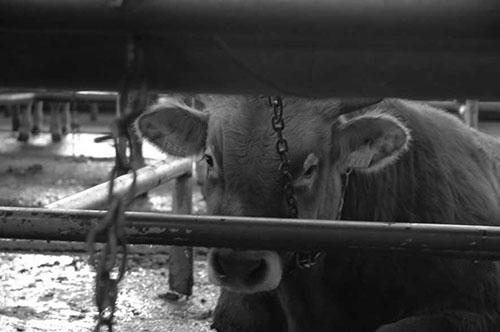
Slaughterhouses are classified as either Category C or Category D. Category C facilities transport meat outside their local area. In western Kenya, most slaughterhouses fall into this category. The outside appearance of Category C facilities is shown in Figures 2 and 3.
In the US, meat inspection is mandatory, requiring antemortem and post mortem testing. When slaughtering animals for commercial use, a licensed inspector must perform the procedures. However, in the UK and USA, custom slaughter is allowed. However, meat intended for personal consumption does not need to be inspected. Nevertheless, all of the slaughterhouses included in this study sell meat to consumers and conduct post mortem inspection at the butchery.
The survey found that 97 percent (95 percent confidence interval) of the slaughterhouse workforce was male. Most were men and had at least a primary education. About eighty-four percent (82%) of slaughterhouse workers had a second occupation, including butchers or farmers. Seventy-seven percent (74%) reported that they had contact with livestock outside of work, including goats, sheep, pigs, and chickens.
They have audit tools
While meat companies are cognizant of their wrongdoings, they are also slow to respond to growing public awareness about the abuse of animals. If you’re interested in seeing change, consider writing to your local officials and attaching a petition. Many states and countries have passed laws to limit intensive confinement, in which animals are not allowed to move around freely. Battery cages are common, with no room for chickens to stretch their wings.
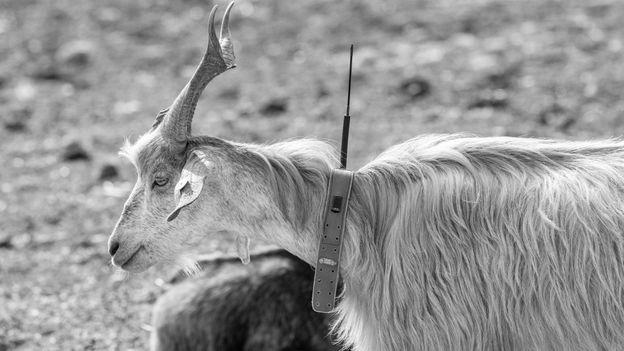
They often use electric prods to force animals off the truck
Some ranchers still use electric prods when moving livestock from one place to another. These prods are a precursor to stun guns and come in various sizes, with varying voltages. In fact, they’re powerful enough to operate against human beings. However, they should be used sparingly to avoid causing unnecessary stress to the animal. Here are some guidelines for ranchers to consider.
Cattle prods are also known as hot sticks, stock prods, and stock prods. They’re used to move cattle. Electric prods work best on stubborn cows. While they’re not strong enough to cause any physical damage, they send a painful shock to the animal to make it move. They’re not strong enough to kill the cow, but the pain stimulates the animal to move and directs it to where the rancher wants it to go.
When cattle were loaded, the researchers observed their behavior. The animals were generally calm while on the truck. Once on the truck, they were calm and relaxed, which was consistent with the study’s goal of preventing animal harm. However, the study also revealed that truck drivers often use electric prods to force animals off the truck. In addition, truck drivers also reported that they used sticks and electric cattle prods to force cattle off the truck.
Electric prods are widely used to move cattle. Electric prods are designed to start moving a specific direction, such as a gate or a squeeze chute. Electric prods come with a high or low charge selector switch, and low charges are better for smaller animals. The contact points should be placed on the animal’s upper rear leg, flank, or lower rear leg. Before using an electric prod, a driver should turn off the power button. The animal should not be shocked excessively or they might succumb to an electric shock.
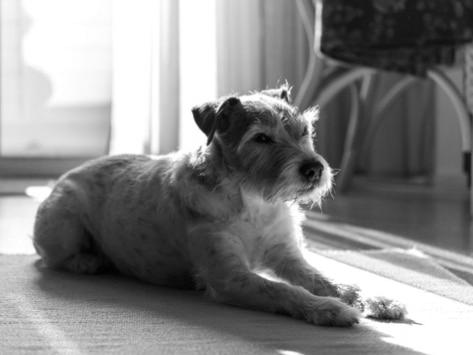
They use CO2 gas to kill chickens
Among the latest methods of killing chickens are those that use CO2 gas. This is a safe, effective way to put egg-laying hens to sleep before killing them. Water-based foam, which can be effective for killing chickens in one minute, is limited in its efficiency. This method can only kill 100,000 chickens a day, not the millions. However, it does provide an effective solution for poultry farmers who face a shortage of feed.
However, the CO2 gas method does not meet the standards for humane slaughter. Animal welfare groups, including the CIWF, are calling for the government to ban this method within the next five years. In addition, the humane slaughter association has argued that the gas mixture used for CO2 kills animals faster than other methods. According to the association, carbon dioxide has a direct anaesthetic effect on the animal, causing it to lose consciousness sooner than other gas mixtures. Furthermore, UK and European laws require that animals are stunned effectively prior to slaughter. This rule is not applicable in the UK unless the animal is being slaughtered for religious reasons.


